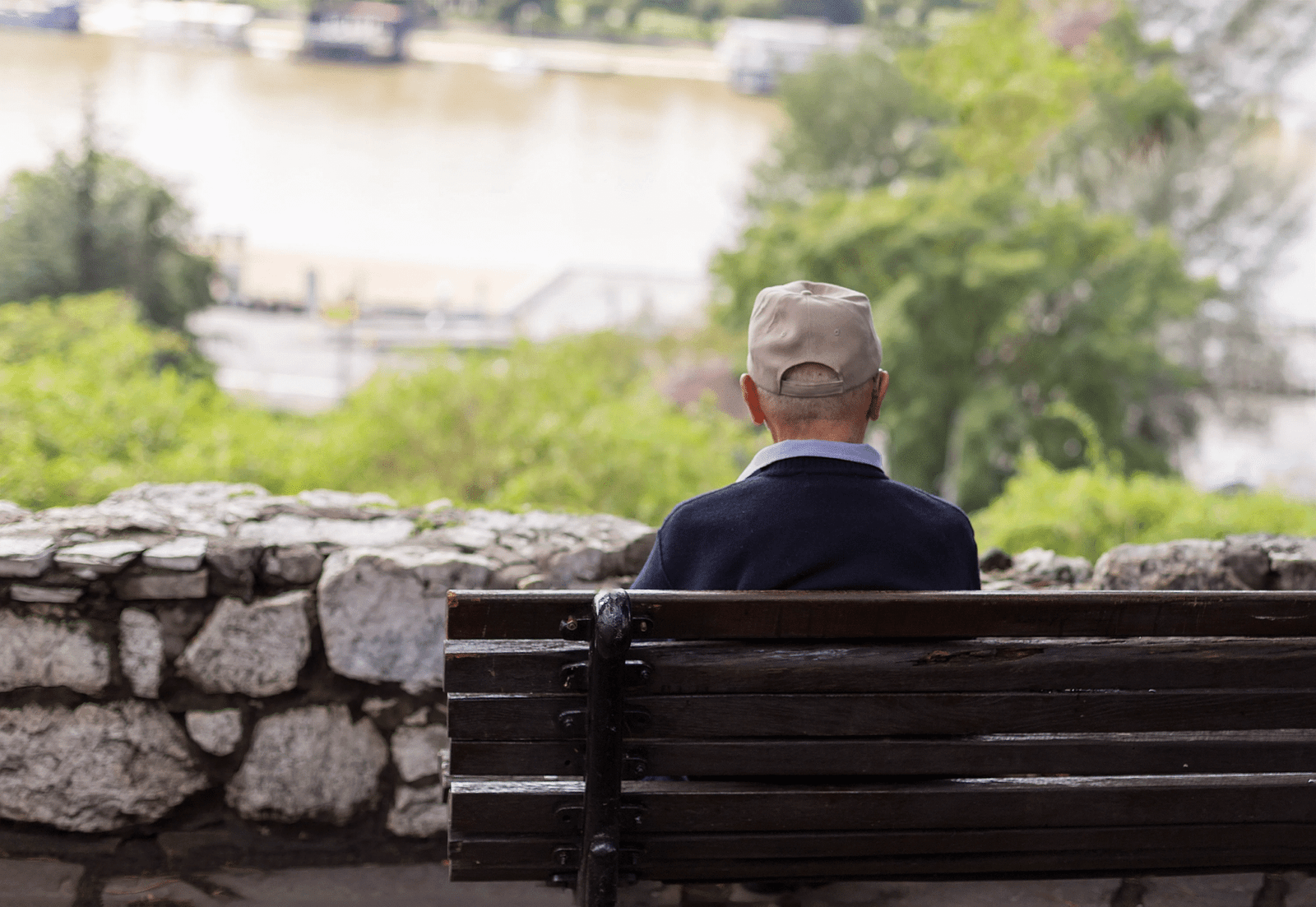The world is witnessing a dramatic increase in the number of older adults, with individuals aged 60 and above constituting an increasing percentage of the world population. As life expectancy grows, the place of mental health and social well-being in old age has never been more evident. Most older adults continue to be productive members of their families and communities, but more and more are facing the adversity of loneliness, social isolation, and mental health issues.
Epidemiology of depression and anxiety
The World Health Organization states, “Loneliness and social isolation are key risk factors for mental health conditions in later life.” Approximately 14% of adults aged 60 and above have a mental disorder, the most prevalent being depression and anxiety. These two disorders exert a significant effect and contribute to more than 10% of total years lived with disability in this age bracket. Still more alarming, nearly a quarter of suicide deaths globally are among individuals aged 60 and older.
Factors for loneliness and mental health issues among older adults are multifaceted. Retirement, loss, poor health, and lower mobility may all serve to shrink social networks. Older adults often are left living alone, especially after the death of a spouse or close friend. “Hundreds of thousands of older individuals are isolated and disconnected from society in this nation, particularly those aged 75 and above.” In England alone, over 2 million individuals above 75 live alone, and over a million report spending over a month without conversing with a friend, neighbor, or family member.
Social isolation and loneliness are more than emotional weights—they have physical effects as well. Feeling isolated can become a risk factor for depression and lead to a deterioration of overall health. Stigma around loneliness tends to prevent older adults from seeking help, since pride or embarrassment makes it difficult to acknowledge that they are struggling.
Even with these difficulties, there are real ways to combat loneliness and promote good mental health in older age. Small steps—such as smiling at another person, striking up a conversation, or asking a friend in for a cup of tea—can go a long way. Even if mobility is poor, keeping in touch by telephone, video calls, or computer literacy can keep people in touch. Community centers and libraries provide training that allows older adults to become familiar with technology, the door to new friendships and connections.
Joining in local activities—like singing groups, book clubs, or religious organizations—can make one feel a sense of belonging and having a purpose. Volunteering is also a great way of feeling useful and valued while contributing to the community. Services such as the University of the Third Age provide a means of learning new things, making contacts, and keeping the mind active.
Having a daily routine and filling the day with things to anticipate—be it a park walk or coffee with a buddy—can go a long way in arresting loneliness. For physically challenged individuals or those with access issues, some schemes offer low-cost or no-cost transportation to social occasions as well as appointments.
Organizational and community support is essential. Helplines like The Silver Line and Age UK offer welcoming voices and advice, as befriending schemes and support groups offer consistent social contact. For the World Health Organization, “Meaningful social activities can significantly improve positive mental health, life satisfaction, and quality of life; they can also reduce depressive symptoms.”
In the end, promoting mental health in later life is all about building bridges, de-stigmatizing, and creating access to useful resources. Whether it is a warm conversation, participating in a community club, or learning a new skill, every attempt at bridging builds older adults’ feelings of being worthwhile, active, and not so alone.
